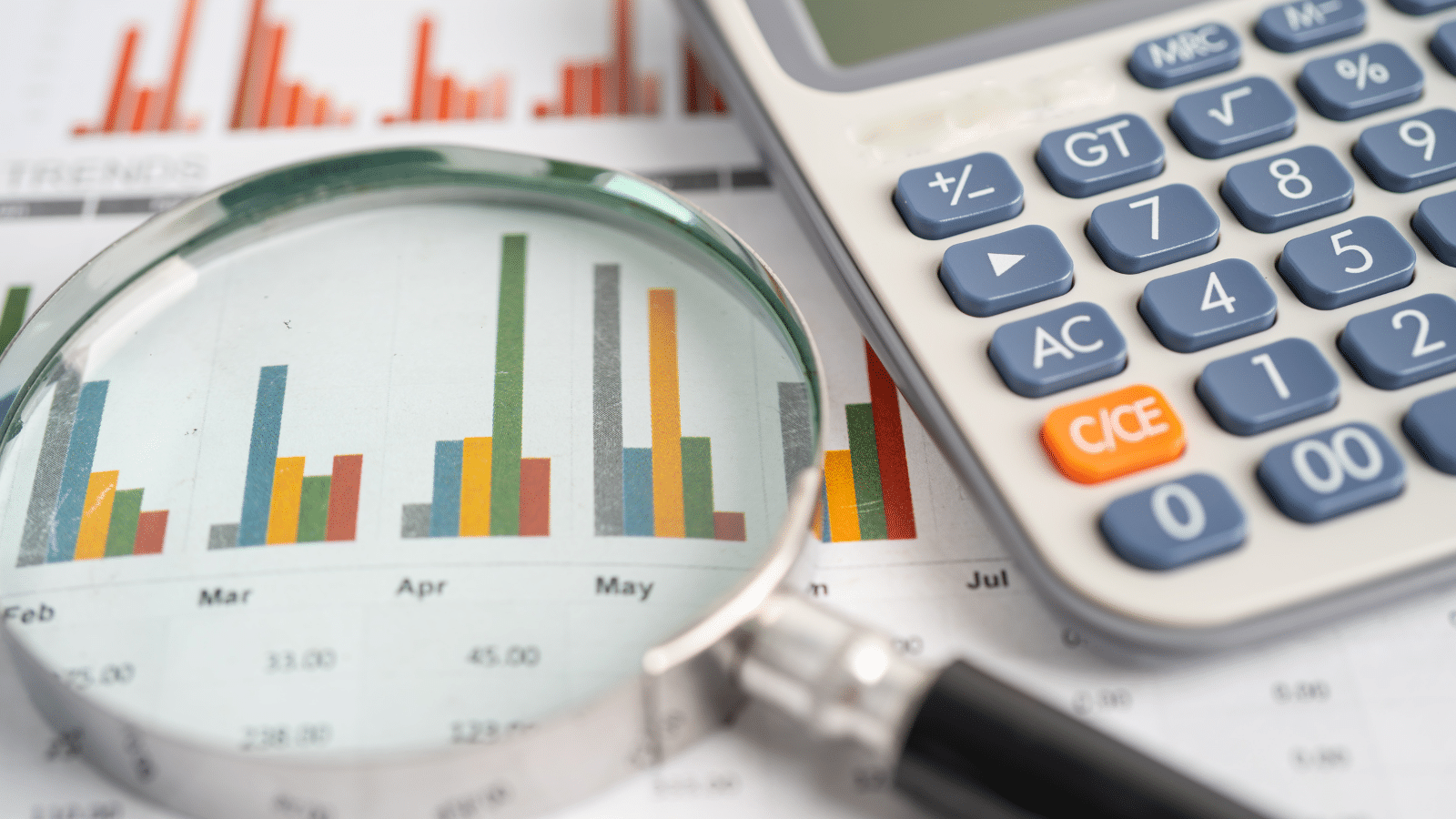If 2023 was the year of the resilient consumer, 2024 will be the year of the empowered consumer. Against the backdrop of varied regional economic dynamics, Mastercard’s Chief Economist, David Mann, explored evolving consumer trends in Asia Pacific today and beyond.
As Chief Economist Asia Pacific and Middle East, David leads the development and delivery of differentiated economic, financial, policy and market thought leadership for customers, Mastercard and public policy. David joined Mastercard with over 20 years of experience at Standard Chartered Bank having worked in different roles, including Asia Chief Economist, and most recently Global Chief Economist.
David used the analogy of the Bungy Jump to describe APAC’s economic outlook.
“After the jump, you get the collapse – you fall. However, once you reach a certain point, you rebound. At Mastercard’s Economic Institute, we knew rebound was on the cards. We saw this globally and this collapse and rebound has impacted retail, supply, migration and travel.”
Like a Bungy Jump, after the jump, you lose orientation. You don’t know where the ground is, and that is what happened with many retailers.
The biggest shock we saw, was higher inflation pricing. While inflation globally remains above pre-pandemic levels, we expect to see relief come later in the year and into 2025.
“The surge in inflation was the result of that pent-up demand to spend and the massive uplift in spending.”
Drilling down into individual economies, growth expectations are mixed across the region. On one end of the spectrum, Singapore, Malaysia, the Philippines, Thailand, Taiwan, and South Korea should see upticks while slowdowns are anticipated in Australia, the Chinese Mainland, Japan and New Zealand. Indonesia is expected to hold largely steady at 2023 levels.
As the economic ripple effects of the pandemic subside in 2024, Asia Pacific consumers should be able to allocate a larger share of their wallets to discretionary spending such as travel and entertainment.
“This is in comparison to 2022-2023, years marked by high inflation, that caused essentials (or ‘needs’) like groceries and fuel to take up a larger percentage of household budgets, leaving less money left over for ‘wants’ or extras.”
“2024 is set to be a year of recalibration as consumers rebalance their wallets. And what the data shows is that people remain eager to travel and dine out, although levels vary from market to market,” said Mann.
“Amidst this disorienting global backdrop, the Mastercard Economics Institute helps clients to translate macroeconomic forces down to the country, category, and even company levels, in addition to counselling on possible scenarios and the implications they would have on demand.”
Signifying another shift in demand, in 2024, consumers across the Asia Pacific are expected to spend more on goods than they did in 2023. This marks the start of a new cycle that will see growth rates for goods rebounding to pre-pandemic levels, reversing the 2022-2023 trend that saw consumers prioritizing key ‘out-and-about’ services such as dining and ‘revenge’ travel as economies re-opened post-pandemic.
In 2024, the rising demand for goods, such as household items and clothing, is also expected to resuscitate the Asia Pacific manufacturing sector, which plays a crucial role in the global economy. This shift will drive a convergence in performance between the manufacturing and services sectors in the region which trended in opposite directions as manufacturing lagged and services boomed in 2023.
“The headline for 2024 will be a further recovery of Chinese outbound travel. The addition of more countries to China’s approved list for group travel, which typically have less stringent visa restrictions compared to individual travel, will continue to support overseas tourism spending.”
The recovery of specific corridors will hinge on the authorities’ prioritization of flight capacity allocation. While Southeast Asia destinations such as Singapore, Malaysia, Vietnam and Thailand were early outperformers in 2023, it is expected that destinations in Northeast Asia, North America and Europe should catch up in 2024.
“The recovery in China’s outbound spending will continue to be closely watched,” adds Mann.
“Pre-pandemic, tourists from the Chinese Mainland focused heavily on shopping, particularly for luxury goods, when travelling internationally. Post-pandemic, spending on experiences such as entertainment and dining have seen a stronger recovery among early travellers out of the Chinese Mainland. This shift in travel spending priorities suggests that tourism authorities and retailers globally may have to adapt their strategies to maintain their appeal to Chinese visitors.”
Finally, global growth contribution is expected to come out of specific regions.
“GDP growth globally is sitting around say about 3% growth. 40% of that is coming out of China, then India, then ASEAN countries. India was once contributing 6% to global growth prior to the pandemic, today it’s 9%, and we expect to get to 12% by 2025. India is a hot market. A young workforce and a growing economy and population.”
While other developed countries are exposed to older populations, pensions and superannuation, India is building.




















